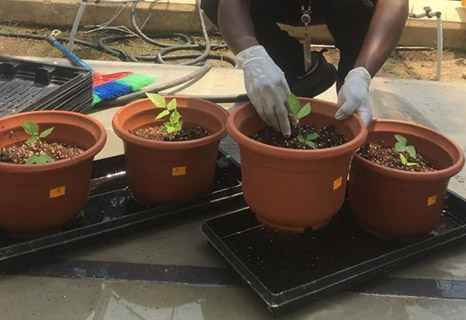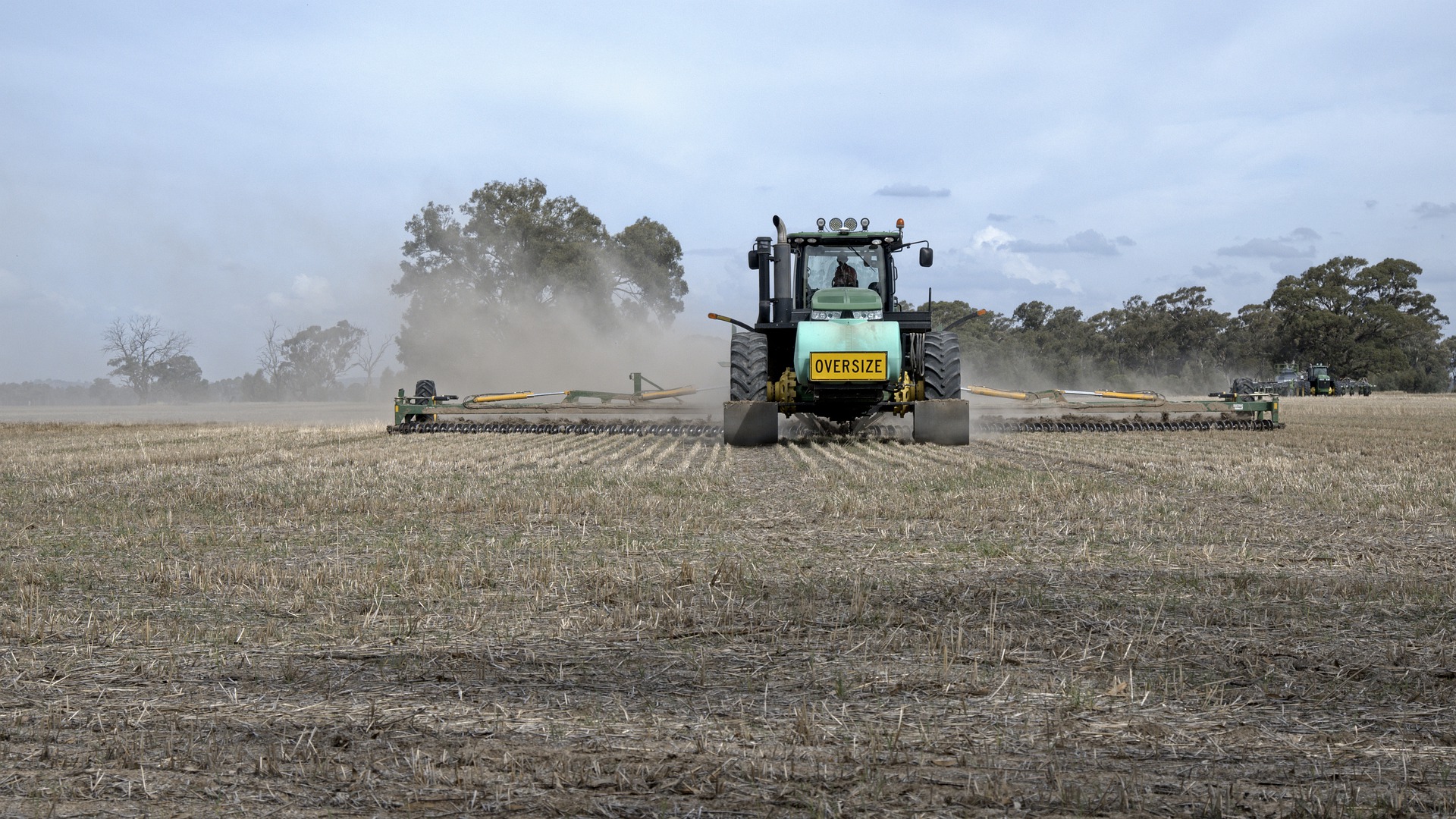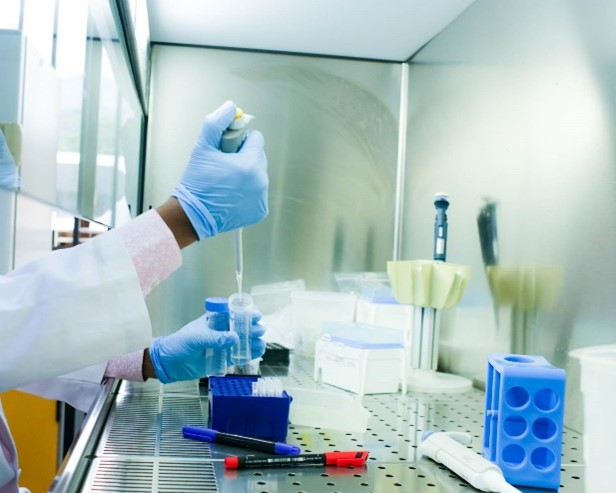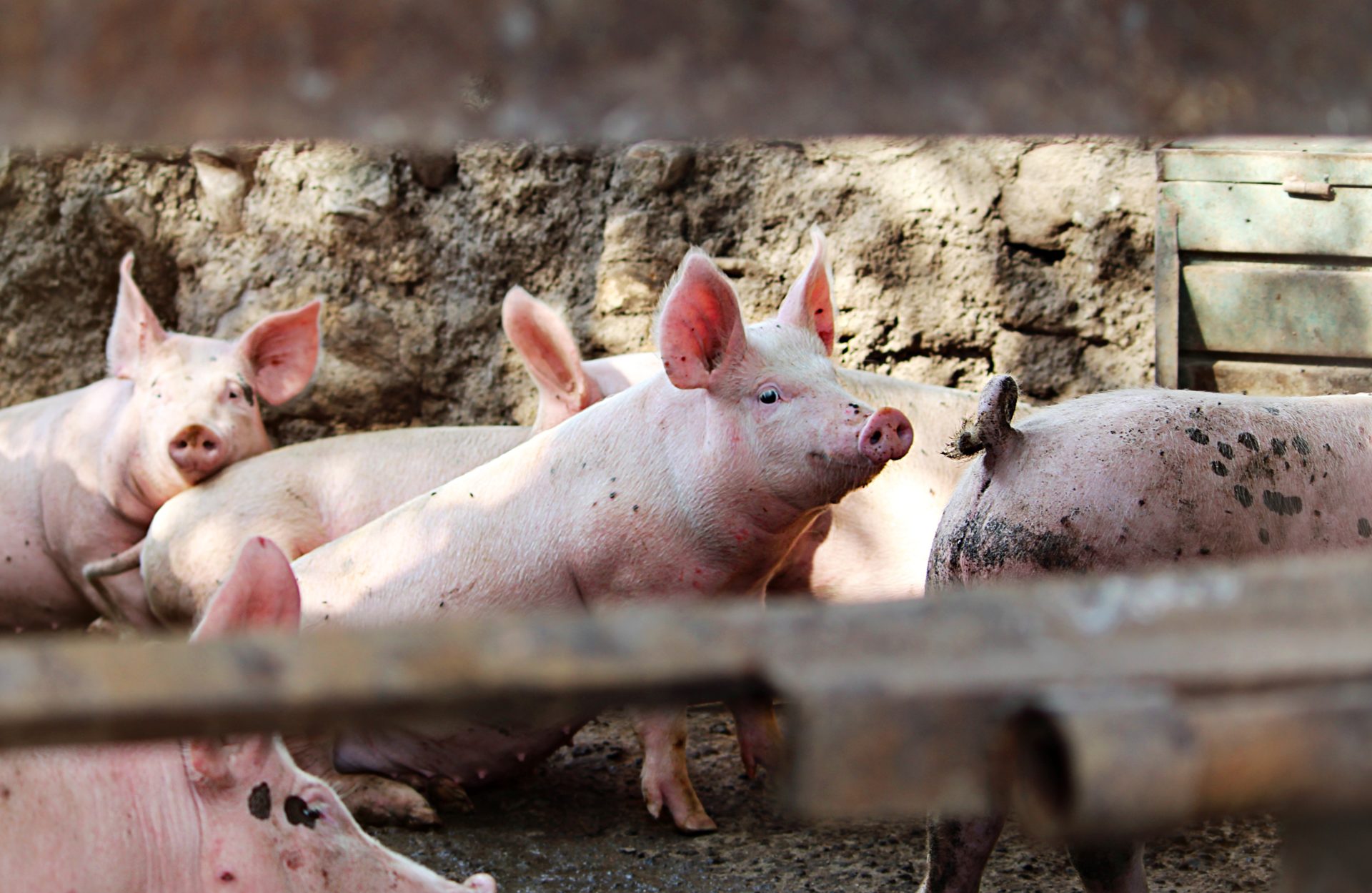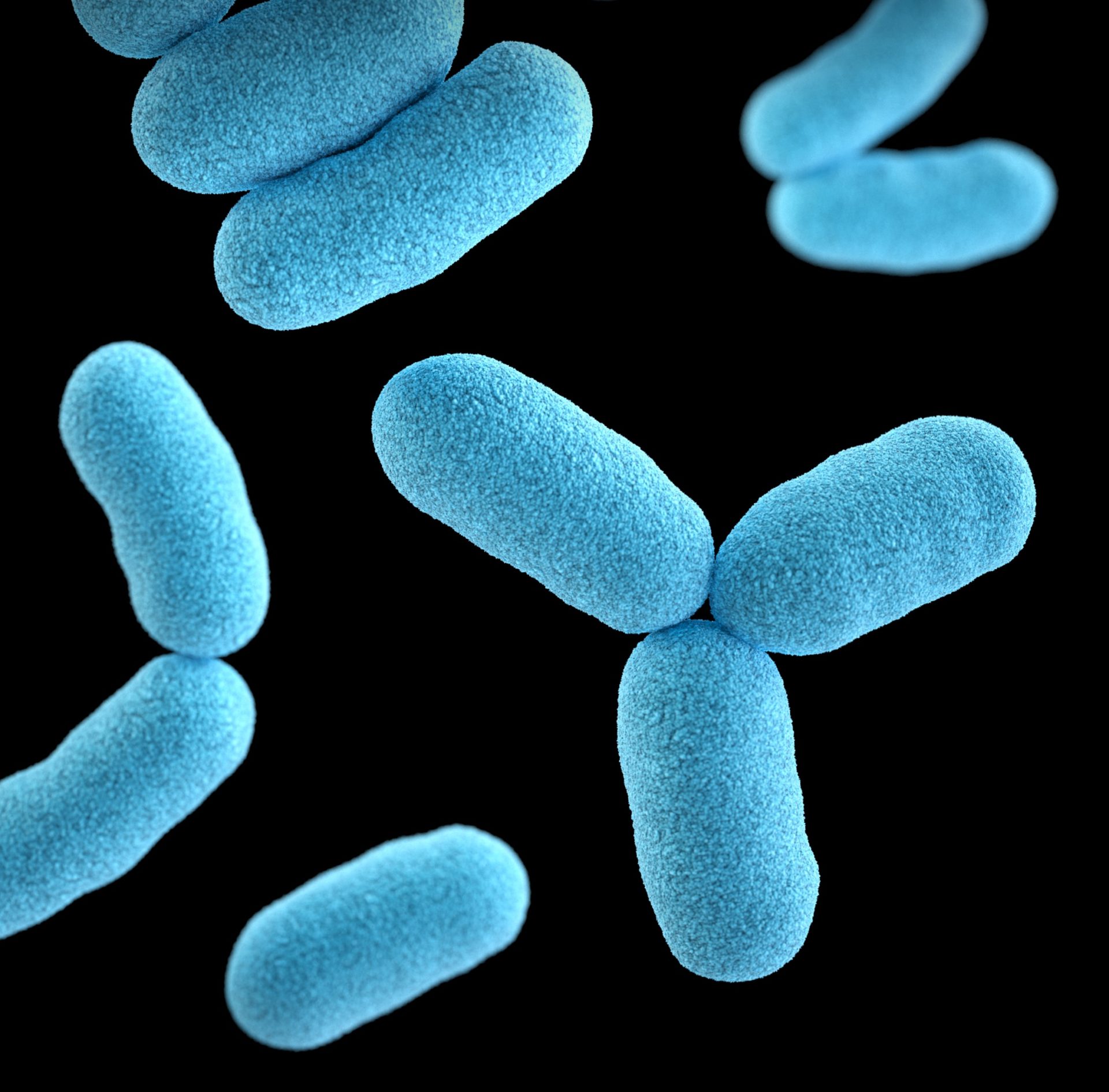Practical development of microparticles-based assay for direct detection of viral RNA from non-invasive and complex animal matrices.
Thematic Area: Food security and agribusiness
University: Sokoine University of Agriculture (SUA)
Project Leader: Prof. Christopher Kasanga
Collaborating Partners: Korea Institute of Science and Technology
Duration: 2 years
Project Overview
Preamble
Early detection of disease-causing pathogens including viruses of both animal and human, is the most important epidemiological activity towards prevention and control of infectious diseases. This will eventually assure the availability of stable food security and global health. The activity is enhanced with availability of easy-to-use diagnostic kits, which are affordable, rapid, sensitive, and specific. Since the discovery of molecular diagnostic platforms such as PCR, the field has grown very fast with plenty of new pathogen detection technologies emerging every year.
The technology
The project seeks to strengthen research and diagnostic capacity of selected viral infections (foot-and-mouth disease and influenza A) from non-invasive and complex matrices (e.g saliva and stool), by using specific innovated microparticles with ability to capture and preserve viral RNA from complex matrices while minimizing sample degradation even without cumbersome RNA purification procedures. The non-invasive matrices provide easy procedures for sample collection, which are affordable and with less risk of exposure of infectious agents to practitioners. The project will allow the newly innovated microparticles-based assay, to be tested for pathogen detection using natural field samples. This is an important step which aims to validate this technology for diagnostic purposes and push it one step further to commercialization.
Expected Impact
The project will strengthen viral diagnostic capacity, produce baseline swine and avian influenza A and foot-and-mouth disease data in Tanzania. It will also generate molecular epidemiological data that impact new knowledge and understanding of these two viral diseases to both experts and farmers, which eventually will improve food security and livelihood through effective control of Foot and Mouth Disease and Influenza A.


